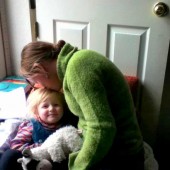
Abstract: The author has written extensively about American Indian relationships to the natural world with a focus on his published concepts of kincentricity and kincentric ecology (Salmon, 2000). Both are explanatory models of how American Indian cultures feel a sense of direct relationship and responsibility toward their surroundings. Traditional American Indians understand that they are directly related to everyone and everything in their natural surroundings. Everything in one’s environment is animated with a life force. How then does one teach kincentric ecology in an urban environment? A suggestion is to assign projects that will help students recognize the relationships happening all around them and to recognize that we humans exist in a relationship with everything around us. The author devised a project asking students to make periodic observations of the sun and/or moon. In the process of their observations students were asked to become aware of and to journal about their surroundings during their observations. The result was that students became periodically immersed in their natural surroundings and were, therefore, exposed to a facet of kincentricity.
Continue Reading
Story-to-Song (STS) is a collaborative musical process in which a participant and a musical guide work together to create a song from the participant’s spoken story. Within this process can be found stages that progressively transform a written text into a song with a melody, verses, chorus, groove, and chord progression. The authors, who have worked as both musical guides and participants, explore this method in a scholarly realm in order to deconstruct the stages for composing a song. Through a creative deconstruction of this method, they have gained insight into how to create a sustainable, collaborative partnership.
Continue Reading